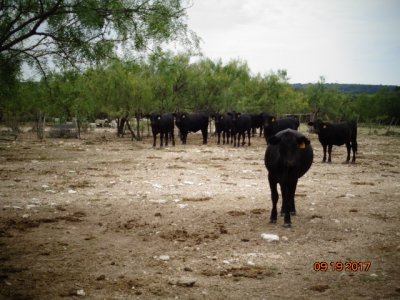Rafter S
Well-known member
I'm leery of sheep even though at some point I'll do dorper because karoo lamb. But based on what @callmefence and you are saying there's a significant market for them, I just know that almost every time I talk with folks back home my dad has a story about another Dormer that found a way to commit suicide. Dorper are better though, I'll keep telling myself that.. . .
That reminds me of something I heard a vet say decades ago when talking about dairy cattle: "A Guernsey cow spends her whole life walking around looking for a place to lay down and die."


